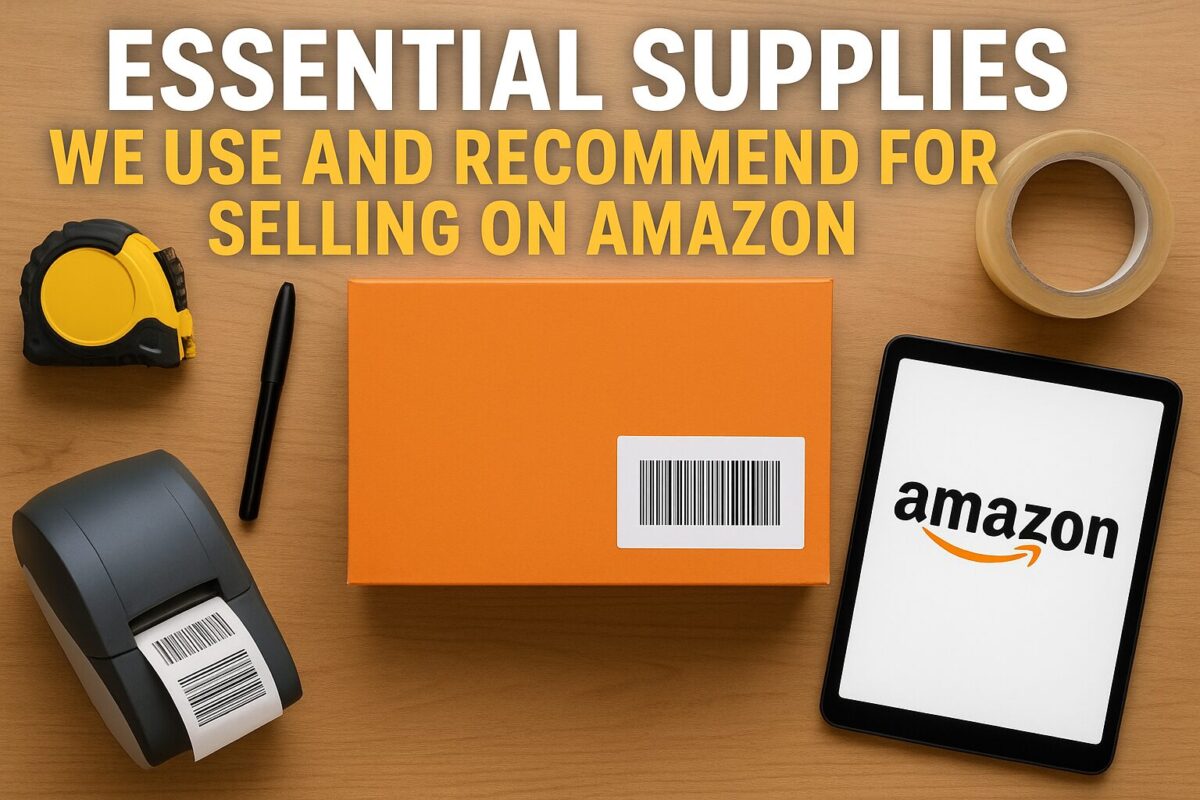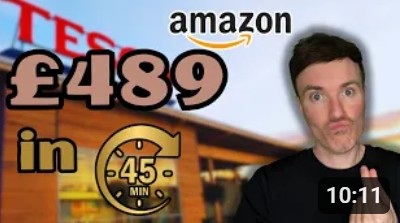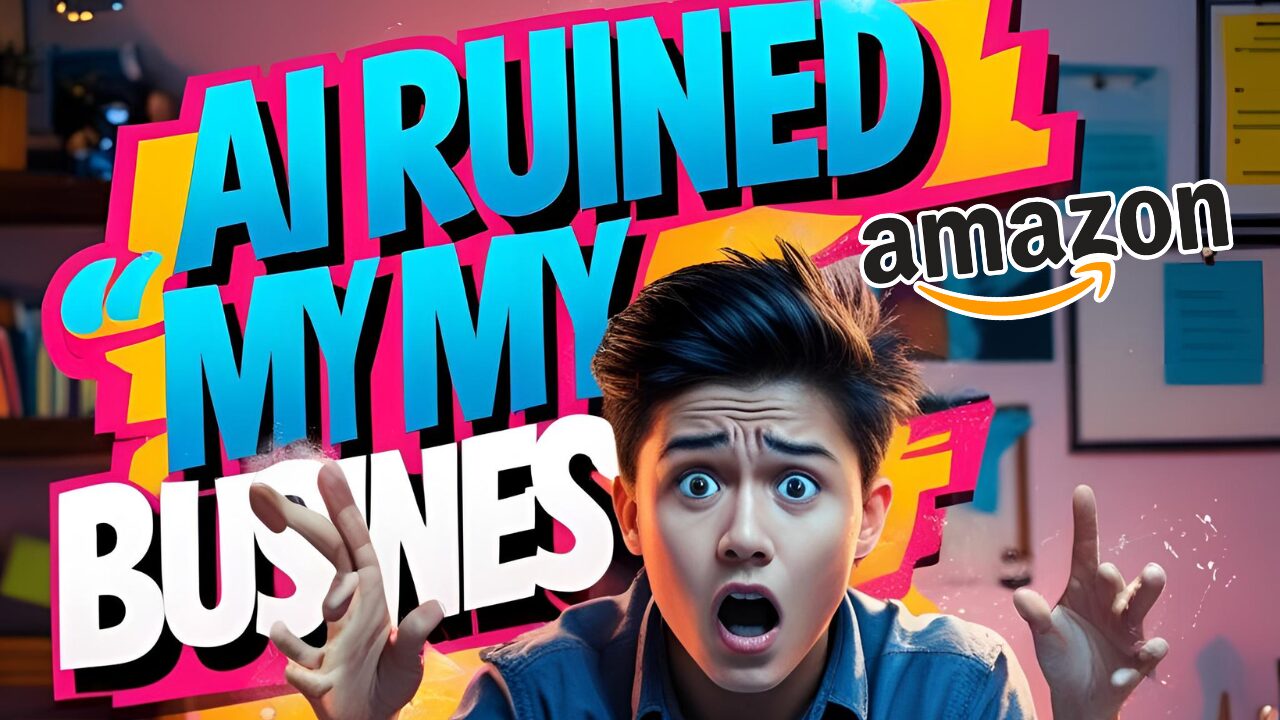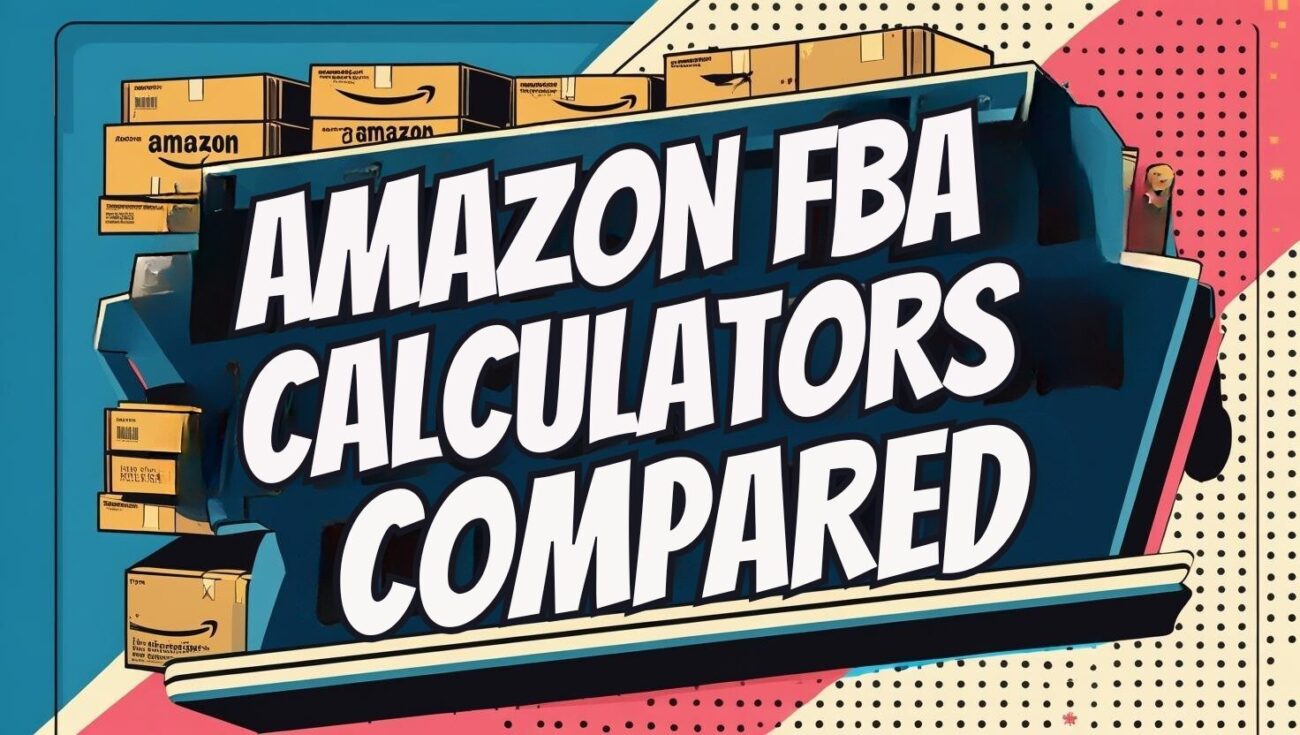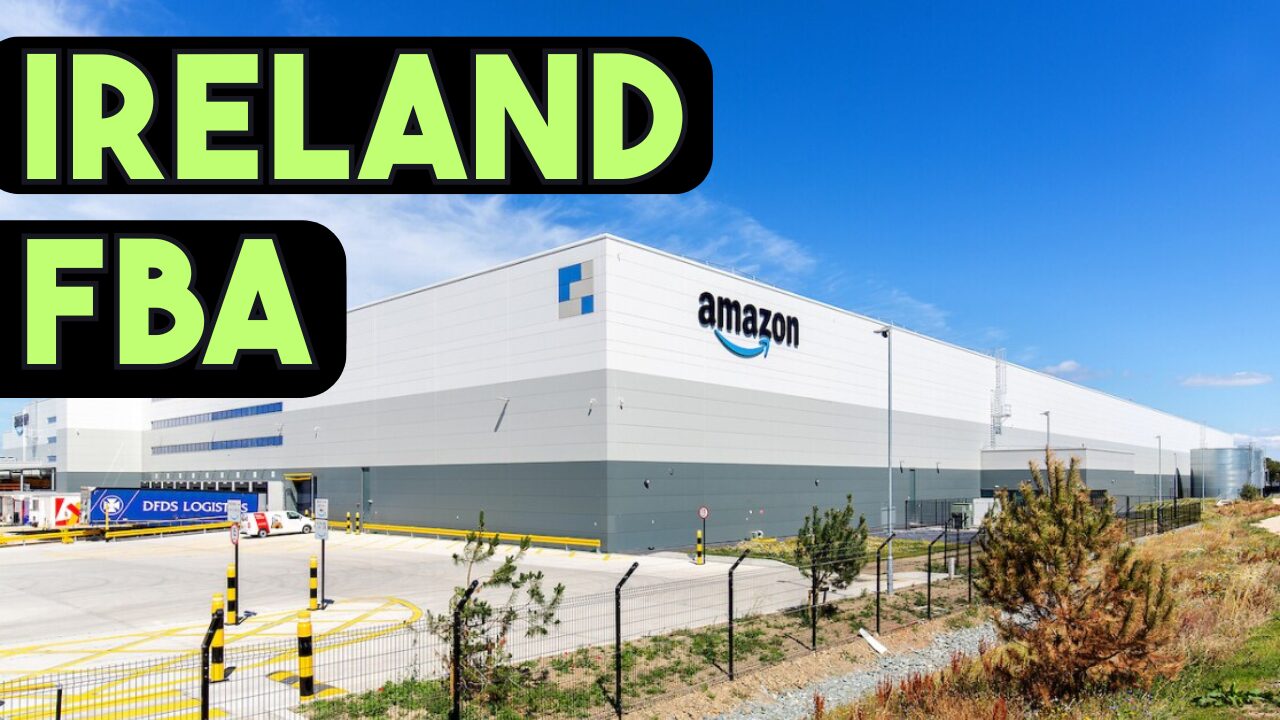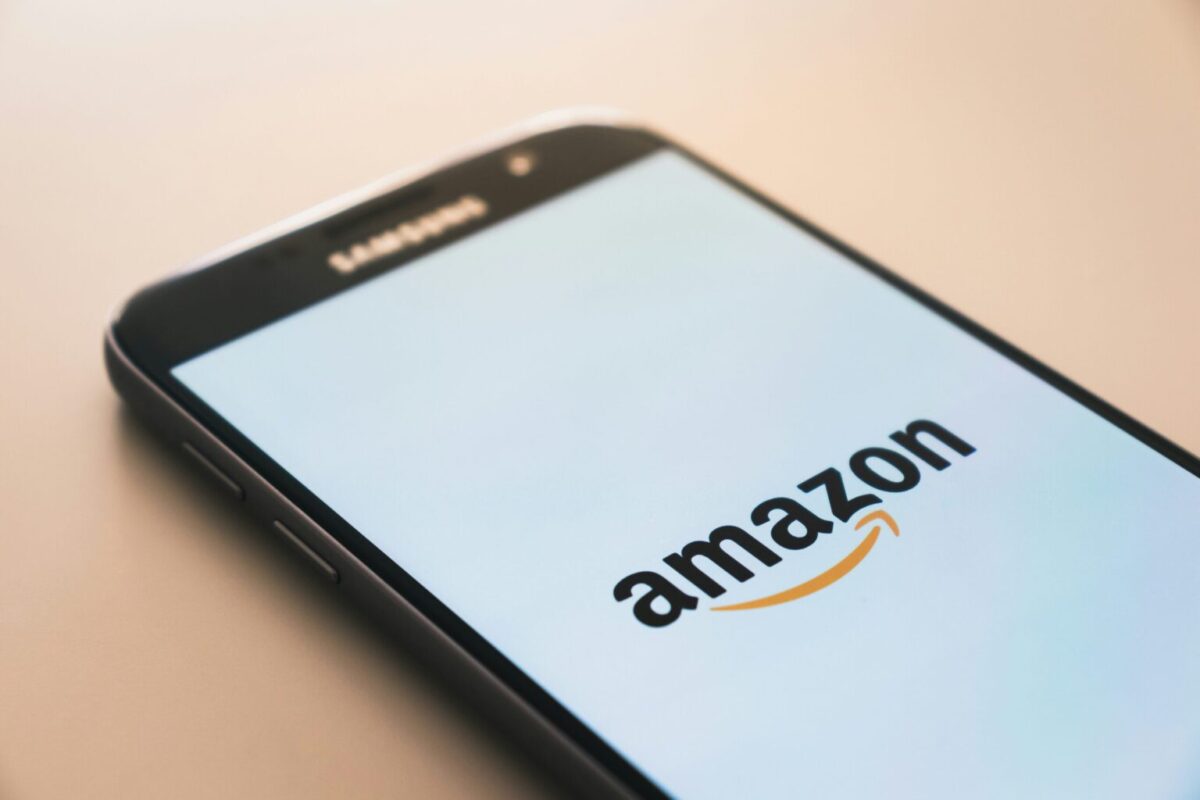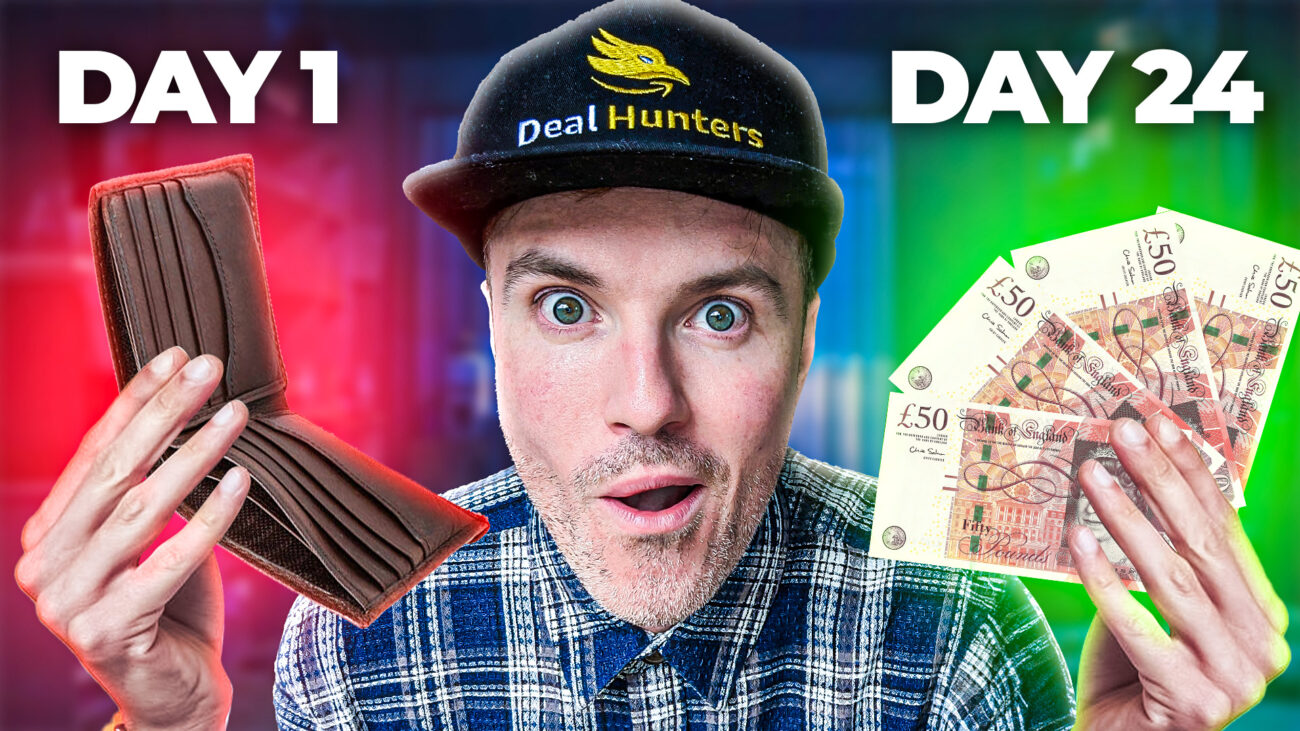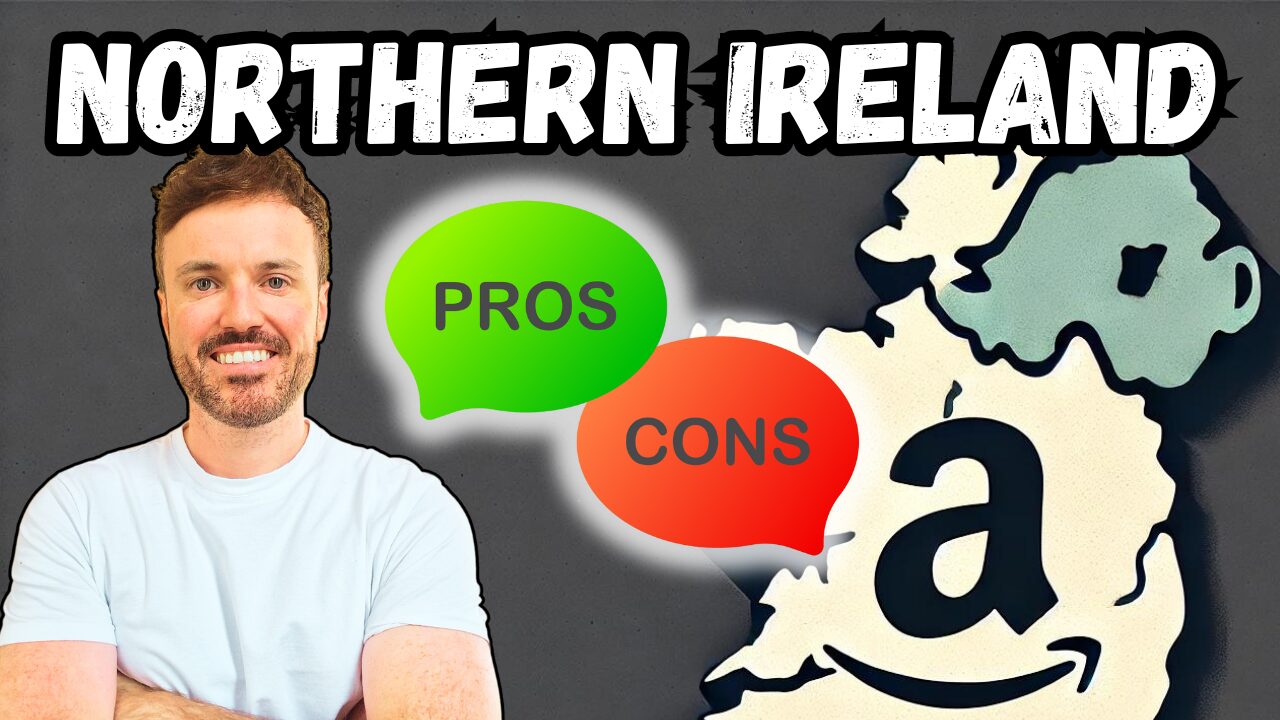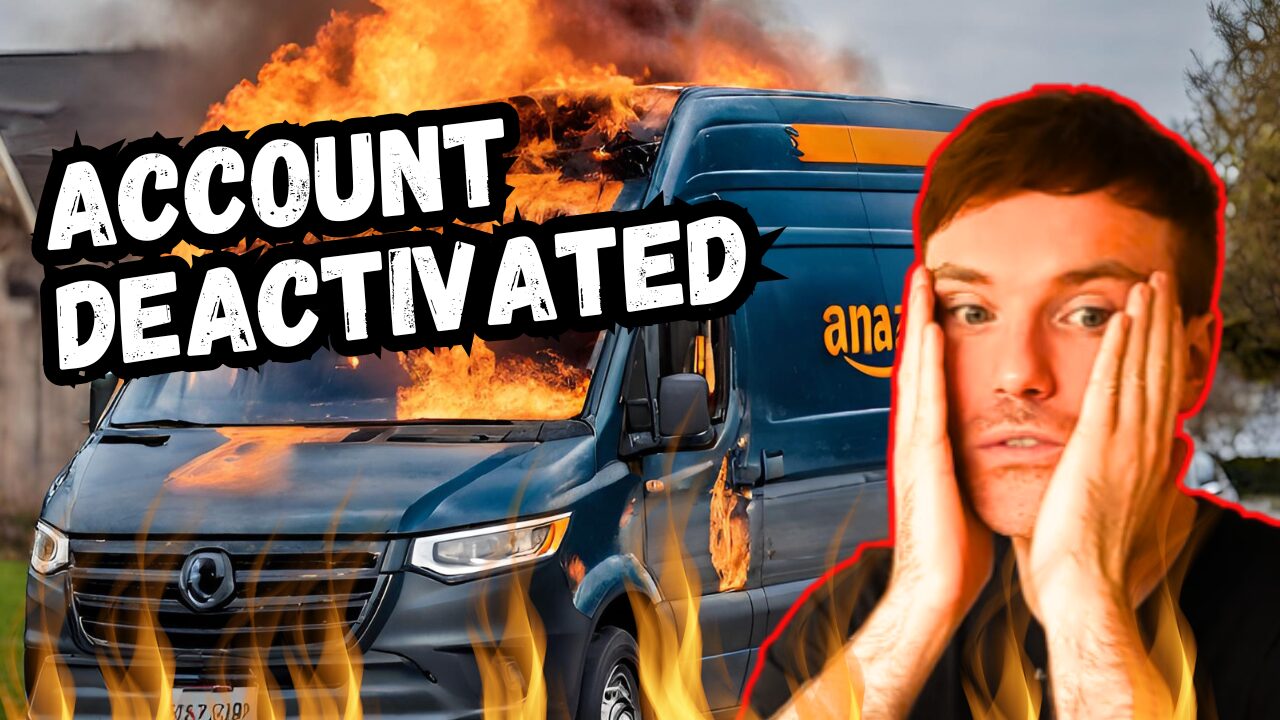How Does Amazon FBA Work? (Online Arbitrage, Retail Arbitrage, & Wholesale Explained)
If you’re in the UK and you want a practical, low-risk way to build an Amazon business, the FBA model—especially through Online Arbitrage (OA), Retail Arbitrage (RA), and Wholesale—gives you a clear path. This guide walks you through how FBA actually works, the pros/cons of each sourcing model, the tools and metrics that matter, realistic startup costs, and a concrete 30-day plan. We’ll also show you why learning and launching with Deal Hunters FBA is the smartest shortcut to traction.
What is Amazon FBA—In Plain English
Amazon FBA (Fulfillment by Amazon) is a logistics and customer service engine you “plug into.” You find products to sell, ship them to Amazon’s warehouses, and Amazon handles:
-
Storage
-
Prime-eligible delivery
-
Customer service & returns
-
Settlement payouts
You focus on finding good inventory; Amazon takes care of the heavy operational lifting. You pay Amazon fees (fulfilment, storage, referral), but you unlock Prime, trust, and scale—without renting your own warehouse or hiring packers.
The 3 Sourcing Models We’ll Focus On
-
Online Arbitrage (OA): You buy discounted/branded products online from retailers or distributors and resell them on Amazon at the current market price.
-
Retail Arbitrage (RA): Same idea as OA, but you physically scan products in local stores (clearance/seasonal/markdowns) and ship profitable finds to Amazon.
-
Wholesale: You buy in bulk from authorised wholesalers or brands at trade prices and resell on established listings.
All three models work with FBA, and many sellers blend them as they grow.
How FBA Works Step-by-Step (for Any Model)
-
Research products (OA, RA, or Wholesale) to identify opportunities with healthy demand and margin.
-
Check listing & restrictions: Is the ASIN gated? Are you brand-restricted? Are there IP risks?
-
Buy stock at a price that leaves room for fees, VAT, and profit.
-
Prep & label: Poly-bagging, bubble wrap, labels, and carton labels to meet Amazon’s prep standards.
-
Create a shipment in Seller Central and send inventory to assigned fulfilment centres.
-
Go live: Once received and checked in, your inventory is available for Prime customers.
-
Optimise price & restock: Use repricing and restock planning to maintain the Buy Box and inventory health.
-
Get paid: Amazon disburses proceeds (minus fees) to your bank account on a schedule.
Online Arbitrage (OA): The Sofa-to-FBA Business
What OA Is
You source profitable deals from UK/EU/US online retailers (or UK-friendly distributors), place orders to your address or a prep centre, then forward inventory to Amazon.
Why OA Works
-
Speed to start: You can begin with a few hundred pounds.
-
Scalable sourcing: Websites update daily with new promos and pricing glitches.
-
Data-driven: Keepa graphs, sales ranks, and historical prices tell you whether a product is viable—before you buy.
OA Pros
-
Low upfront cost
-
No driving/store-hopping
-
Huge catalogue of potential deals
-
Easy to outsource later (VA sourcing, prep centres)
OA Cons
-
Competition can rise fast on hot deals
-
Order limits and cancellations from retailers
-
Requires disciplined record-keeping to track ROI and cashflow
OA Research Workflow (Winning, Repeatable)
-
Deal feed or leads list: Start with vetted leads (more on Deal Hunters FBA below).
-
Validate with Keepa:
-
Sales rank trend: Prefer stable or improving rank.
-
Buy Box price history: Avoid volatile cliffs.
-
Competition: Check number of FBA sellers and their stock.
-
-
Calculate profit with fees: Use Amazon’s FBA calculator + your VAT status.
-
Risk scan:
-
Brand IP reputation
-
Is it a variation listing with reviews spread thin?
-
Is Amazon itself on the listing (harder to win Buy Box)?
-
-
Test buy: Start with a small quantity to prove sell-through and price stability.
-
Scale: Reorder at sustainable volumes if it sells in your target number of days.
Retail Arbitrage (RA): Treasure Hunting in Real Shops
What RA Is
You visit big-box stores, outlets, supermarkets, and discount chains to scan barcodes with the Amazon Seller app and spot mismatches between store price and Amazon price.
RA Pros
-
Insane ROI opportunities: Clearance and store-specific markdowns can produce very high margins.
-
Less tracked by competitors: Localised deals aren’t blasted everywhere online.
-
Immediate stock: You take items home the same day.
RA Cons
-
Time-intensive and fuel costs
-
Inventory can be one-off (less replenishable)
-
Store policies on purchase limits or resellers
RA Tactics That Work
-
Focus on end caps, seasonal clearances, and discontinued lines.
-
Visit stores during markdown days (often mid-week).
-
Learn store SKU codes to predict deeper discount phases.
-
Keep receipts organised for IP/inauthentic claims rebuttals.
Wholesale: Stability, Volume, and Long-Term Relationships
What Wholesale Is
Open trade accounts with approved distributors or brands, buy case quantities at wholesale pricing, and sell on existing Amazon listings.
Wholesale Pros
-
Replenishability: Set-and-scale once you dial in winners.
-
Operational efficiency: Fewer SKUs with larger quantities.
-
Relationship moat: Better terms over time (pricing, payment, exclusivity).
Wholesale Cons
-
Higher initial capital
-
Account approvals & paperwork
-
Competition if many sellers share the listing
-
Possible brand gating or channel policies
How to Land Wholesale Accounts (UK-Friendly)
-
Prepare a simple reseller profile: business details, VAT status, product categories, and channels (be honest about Amazon).
-
Start with smaller wholesalers and niche categories.
-
Order consistently—reliability beats huge first orders.
-
Offer value: content updates, MAP adherence, or solving catalogue issues (EAN/variation clean-up).
The Money: Startup Costs & ROI (UK-Oriented Examples)
Note: These are illustrative, not promises—your numbers will vary.
Typical Early Costs
-
Amazon Professional plan: ~£30/month (VAT extra if applicable)
-
Basic supplies: Labels, poly-bags, tape, boxes: £50–£150
-
Keepa & tools: £15–£60/month (depending on stack)
-
Initial inventory: £300–£2,000 (start where you’re comfortable)
-
Prep centre (optional): ~£0.30–£1 per unit depending on service
-
Training/community (Deal Hunters FBA): Choose a plan that fits your needs
Example OA Flip
-
Buy cost: £12.00
-
Amazon price: £24.99
-
Fees (referral + FBA): ~£7.00 (illustrative)
-
Net before VAT: £24.99 – £7.00 – £12.00 = £5.99 profit
-
ROI: £5.99 / £12.00 ≈ 50%
-
Est. sales velocity: 20–60 units/month (depends on rank and season)
Example RA Clearance
-
Buy cost: £4.00
-
Amazon price: £14.99
-
Fees: ~£5.00
-
Profit: £14.99 – £5.00 – £4.00 = £5.99
-
ROI: ~150%
Example Wholesale Replen
-
Buy cost (case): £6.50 per unit
-
Amazon price: £12.99
-
Fees: ~£4.50
-
Profit: £12.99 – £4.50 – £6.50 = £1.99
-
ROI: ~31%, but volume and replenishability often make it the backbone of scaling.
The Metrics That Actually Matter
-
ROI (%): Profit ÷ Cost of goods. Many aim for 30–60% in OA/RA; wholesale can be lower but steadier.
-
Net margin: Profit ÷ Sale price (after all fees).
-
30-/90-day sales rank: Indicates product demand trend.
-
Buy Box share: Your % of time winning the Buy Box at your price.
-
Stock cover (days on hand): Inventory ÷ average daily sales.
-
Sell-through rate: Units sold ÷ average inventory—higher is healthier.
-
Return rate: Watch for category-specific hotspots (beauty/health vs. toys vs. electronics).
Compliance, VAT & Paperwork (High-Level Guidance, Not Tax Advice)
-
Invoices & authenticity: Keep clean invoices/receipts. For wholesale, ensure they show your business details and itemised products.
-
VAT: Decide whether/when to register. VAT-registered sellers reclaim input VAT but charge output VAT; this changes your pricing maths. Speak to an accountant for your situation.
-
IP / brand policies: Some brands protect listings aggressively. Choose products with a clean IP track record and respond professionally to notices.
-
Product prep & safety: Follow Amazon’s category rules (e.g., liquids, hazmat, toys safety marks).
Your First 30 Days: A Practical Launch Plan
Week 1: Foundations
-
Set up Amazon Seller Central (Professional).
-
Register with a prep centre (optional but helpful).
-
Install Keepa; learn to read price/rank history.
-
Join Deal Hunters FBA—get access to vetted leads, live sessions, and community support.
-
Complete basic training: FBA fees, shipment creation, and product prep requirements.
Week 2: Sourcing & Test Buys
-
Use Deal Hunters FBA OA leads to shortlist 10–20 products.
-
Validate each with Keepa; aim for consistent Buy Box and stable rank.
-
Place test orders (3–12 units per ASIN).
-
If you can get out to stores, run two RA runs, focusing on clearance.
-
Create your first FBA shipment and send it in.
Week 3: Feedback Loop
-
As units go live, track sell-through and repricing behaviour.
-
Reorder the top 3 SKUs that hit your ROI and velocity targets.
-
Begin wholesale account outreach (5–10 applications).
-
Attend a Deal Hunters FBA live call for troubleshooting.
Week 4: Systemise
-
Document your OA workflow.
-
Add a basic repricer (manual or software).
-
Build a restock sheet (lead time, min/max stock levels).
-
Scale orders for proven winners; retire duds quickly.
-
Book a 1-to-1 Q&A or post questions in the community.
Common Mistakes (and How to Avoid Them)
-
Ignoring fees/VAT in the calc: Always run the full FBA calculator and consider your VAT position.
-
Chasing rank without price history: A great rank can still lose money if the Buy Box collapses.
-
Holding too much dead stock: Cut losses early; free up cash for winners.
-
Skipping invoices/receipts: You’ll need them for IP or authenticity claims.
-
Assuming Amazon won’t come back in stock: If Amazon is a seller, expect price pressure.
-
Overbuying after one good sale: Test in small batches; then scale steadily.
-
Neglecting prep quality: Damage and label issues cost returns and bad reviews.
-
No restock strategy: Winners go out of stock—plan lead times and reorder points.
Tools & Workflow Stack (Starter to Pro)
Essentials
-
Keepa (price/rank history)
-
Amazon FBA Revenue Calculator (fees & net profit)
-
Barcode scanner app (Amazon Seller app for RA)
Helpful Add-Ons
-
Repricer (automate Buy Box strategy)
-
Spreadsheet or inventory app (track COGS, ROI, sell-through)
-
Prep centre (outsourcing prep, labelling, and forwarding)
Deal Hunters FBA Edge
-
Curated OA leads to shorten the research time.
-
Community knowledge on store cycles, IP-safe brands, and seasonality.
-
Guidance and resources for wholesale outreach and account approvals.
-
Live sessions & support to debug issues fast.
OA vs. RA vs. Wholesale: Which Should You Start With?
-
If you want fastest path from laptop to sales: Start with OA.
-
If you love in-person hunting and high ROI flips: Add RA.
-
If you have more capital and want replenishable SKUs: Build into Wholesale.
Many UK sellers begin with OA to learn FBA mechanics and cashflow, sprinkle in RA when time allows, then add Wholesale for stability and scale.
Frequently Asked Questions
Q: Do I need a limited company to start?
No. You can start as a sole trader and incorporate later if/when it makes sense. Talk to an accountant about VAT thresholds and timing.
Q: How much money do I need?
You can begin testing with £300–£500 for OA/RA. Wholesale often benefits from £1,500–£3,000+ to meet case minimums and test multiple SKUs.
Q: What categories are safest for beginners?
Toys, home & kitchen, and some grocery/beauty (where allowed) are common starting points. Always check for gating and compliance.
Q: What about returns and customer messages?
Amazon handles the frontline for FBA. You’ll still see return reasons and can spot patterns to improve sourcing and prep.
Q: Can I use retail receipts on Amazon?
For OA/RA, receipts typically suffice for basic issues, but wholesale invoices are stronger for some brand/IP challenges. Keep clean documentation.
Q: How fast will my items sell?
It depends on rank and Buy Box stability. With good research, expect the first sales within days of check-in; some items may take weeks.
Q: Is a prep centre worth it?
If time is tight or you want to ship directly from retailers, yes. It lets you scale faster and keep your home clutter-free.
Why Start With Deal Hunters FBA
Starting solo is possible—but slow. With Deal Hunters FBA, you get a shortcut:
-
Vetted OA leads so you’re not guessing what to buy.
-
Real-time guidance on reading Keepa, calculating true profit (fees + VAT), and avoiding IP-heavy brands.
-
Community support for quick answers on gating, shipment hiccups, and price strategy.
-
Wholesale ramp-up help to move from one-off flips to replenishable winners.
-
Live calls & training so you learn the process end-to-end and make fewer rookie mistakes.
Instead of burning weeks figuring out why your first shipment didn’t sell, you can lean on practical playbooks and people who’ve already solved those exact problems. That’s the difference between hoping it works and knowing your next five steps.
The Bottom Line
Amazon FBA works because it lets you focus on finding profitable products while Amazon handles the heavy lifting of logistics and customer service. Online Arbitrage is the fastest, lowest-friction entry; Retail Arbitrage adds high-ROI store finds; Wholesale gives you replenishable, scalable inventory.
If you want to start smart—avoiding expensive trial-and-error—Deal Hunters FBA is your best option. You’ll get proven leads, hands-on help, and a supportive community so your first 30 days actually produce sales, data, and confidence. Build momentum now, then compound with replens and wholesale relationships. That’s how new sellers turn FBA from an idea into a real, growing business.



